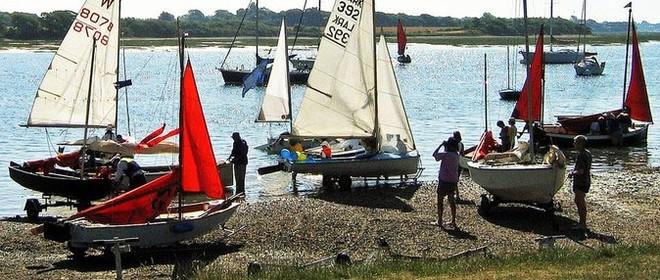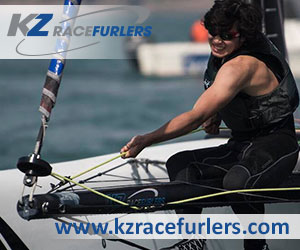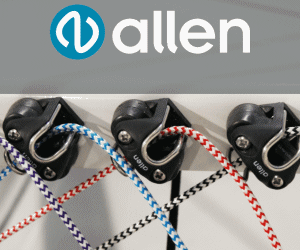Dinghy cruising - a whole new world of adventure
by RYA/Sail-World Cruising on 3 Sep 2013

Dinghy cruising SW
As sailors we usually associate the idea of cruising with boats in which you can live - whether they be 10 metres or 100 metres the sailing boat contains whatever you need to sustain life over days, months or years. So what is dinghy cruising? At the recent UK Dinghy show consummate dinghy cruiser Ralph Roberts was asked to share his knowledge on all things about dinghy cruising.
Ralph explains exactly what dinghy cruising is and how it can be great fun for all the family or as a solo adventure. He chats through what makes a good cruising dinghy and what to look for when buying the right boat including plenty of storage and comfort.
He shares his thoughts on what makes dinghy cruising so special; the adventure, the planning, the glorious sailing and amazing places to visit, as well as his top tips for preparing for a voyage.
We hear more about some of his favourite cruising destinations from the South coast of Ireland to wilderness of Nova Scotia, to Finland, Sweden and Norway.
Enjoy the interview:
So what are the advantages of dinghy cruising?
1. A dinghy can be transported on a road trailer behind a car which is not possible with any reasonably sized yacht. This means that a dinghy has greater flexibility to explore a variety of cruising areas. Getting a yacht to a new cruising area can mean long sea passages which take up most of a short holiday before you get a chance to relax and explore at leasure.
2 It is easier to find overnight stopping places for a dinghy than for a yacht. The small dimensions and particularly the shallow draft of a dinghy mean that it can use mooring sites which yachts cannot reach. Furthermore, dinghies are rarely asked to pay harbour dues. Either they are off the bottom end of the scale of charges, or they are tolerated because the water they occupy is too shallow to be sold to a yacht or perhaps they are just not very visible.
3. The upper reaches of estuaries, and indeed inland rivers and even canals, are interesting places to explore but are inaccessible to yachts both because of shallow water and because of fixed bridges. (on most dinghies it is fairly easy to lower the mast, the Wayfarer is particularly good in this respect)
4. Dinghies don't make you seasick. It is true, most people are liable to seasickness on a yacht but on a dinghy it is comparatively rare. This may have something to do with the super abundance of fresh air and the horizon being visible all round. Some have said that if it is rough enough to be sick on a dinghy it won't happen because you will be too scared to remember to be sick.
5. A dinghy can be rowed so an engine is not essential, although a dinghy can carry a small outboard. A yacht cannot really manage without an engine these days since, apart from anything else, manoeuvring under sail is prohibited in many harbours and marinas. This is a big advantage for a dinghy if you are a green purist and feel that your boat should only be propelled by non-polluting renewable energy sources.
If you want to link to this article then please use this URL: www.sail-world.com/113986

